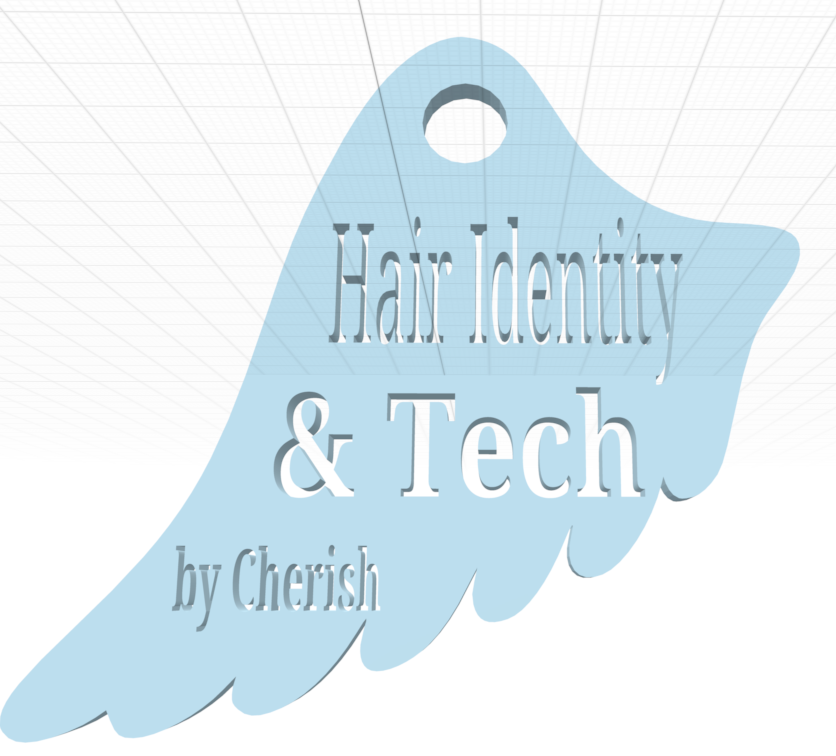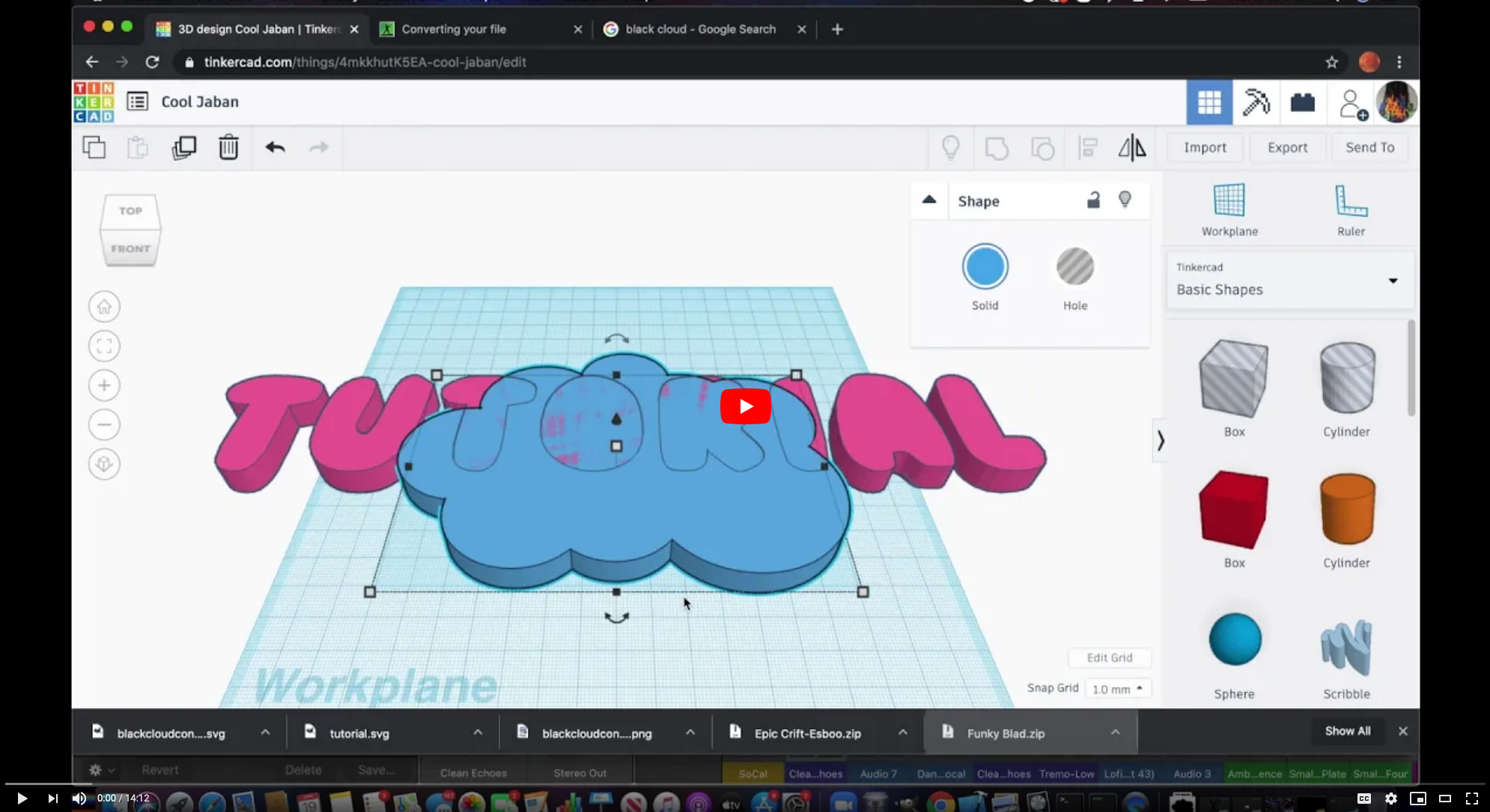Welcome to the Maker in Residence MiR showcase and archive! Here you can find the various projects that Makerspace interns have created. If you are interested in learning more about Makerspace Internships, including how to apply, visit the SkillShops & Makerspace Internship guide.
2019-20: The Inaugural Makers in Residence
Cherish Fulcher and Marie Lopez were the first MiR at the HSU Library Makerspace. The Makerspace was launched in Fall 2019 and the MiR program was intended to help us establish the space as one that is open to all HSU students and promotes interdisciplinary projects and equity. The main goal in our call for proposals was:
HSU Library is seeking two Makers in Residence (MiR) to support achieving the Library Diversity & Social Justice Working Group’s goal of making our collections, services, and events equitable, inclusive, and reflective of our diverse campus community. We are seeking students from all majors and disciplines who are passionate about making, diversity, equity, and inclusion for this stipend-based internship.
We were excited when we received their proposals because both had ideas and visions of projects that met these goals and also had ideas for how to teach and inspire others to become makers.
A Major Snag
However, there was a major setback in our plans for the Spring 2020 semester: the COVID-19 crisis, which meant that any face-to-face plans that we had been working on could not happen. When the HSU campus was closed, it meant that not only did all of us have to learn new ways to do our work and keep up with the semester, but we had to come up with new ways to interact with each other. Because of these new challenges, we decided to postpone all planned workshops and meet-ups. It also meant that it wasn’t possible to follow up on many of the great ideas that Cherish and Marie had planned. This was very disappointing to all of us but the projects that these two inaugural Makers in Residence brought to us at the end of the year were so impressive that, looking back, we see this is an overwhelming success which makes us all the more excited for future possibilities. We are excited to share their projects with you!
Cherish Fulcher

Cherish, who was also working as a Makerspace 3D Printing student assistant, focused her project on designing and printing 3D models. She created a blog and an instructional video on creating models with Tinkercad, a free web-based 3D modeling program used widely for teaching. Specifically, her project explores hair identity in the African American community and how making 3D models can be used to help express that identity. On her blog, Cherish shares that:
These posts are dedicated to demonstrating how you can bridge the gap between the way we express ourselves through our hair and technology. The main focus is the use of the 3D printer and ways we can expand the way we view 3D models and how we create them.
Hopefully viewers will be able to be inspired by hair identity and know how hair and identity is very strong in the African American community, as well as become comfortable with creating 3D models and seeing the infinite possibilities behind creating them.
View Cherish’s full project blog for more details and resources: Makers in Residence: Hair Identity & Tech
Makerspace 3D Hair Accessory Tutorial (Video, YouTube, 14:12)
Marie Lopez
Marie created a music project that explores spoken word performances by people of color. Marie composed and recorded a song, Voices, that she planned to perform live in the HSU Library as well as a workshop to share her process for composing a song using sound clips and instrument libraries. Unfortunately both of these had to be cancelled, due to COVID-19, but you can listen to Voices and read Marie’s artist statement and thoughts about her project below.
In Marie’s words:
As a music creator, film scores have always been a source of inspiration, since they are used to capture and describe a setting or mood. I wanted to use spoken word poetry to have another way of capturing an experience and use the real voices of those who live in those experiences of people of color. Bringing the two together was a practice of trying new musical settings that matched the words of the poetry, and also trying to highlight the meaning of the poetry itself. Although the project is not as complete as I would have liked, I am happy with what I was able to bring together.
First speaker:
"Did you know um, I have to explain, I didn't come from a good Catholic family, I came from a Mexican Catholic family.
No, it's different. I have to explain, you know?
My mother didn't cross herself or have little candles lit on the dresser.
No, my mom's this real free thinker and if she had been a traditional mother I couldn't be the writer I am today."
Second speaker:
"My Spanish is my third birthday party. Half of it is memory. The other half is that photograph on the fridge is what my family has told me.
My Spanish is puzzle. Left in the rain too soggy to make its parts fit together to look just like the picture on the box."
Third speaker:
"This is what it means to be a contradiction: too black to be a woman, and not man enough to be black.
This is what it means to occupy a vacant space: have everyone slash each cross-stitch intersection of my identity with a straight blade.
Tell me to pick one label or none at all.
But ain't I a woman?"
Fourth speaker:
"You take away our history, you take away our soul, you take away our fathers, you take away our jobs, you take away our food.
And what we gon' do? We gon' celebrate over soul food around here! You see, we improvise 'round here! We emperors 'round here!"
Equipment and software used
- Macbook Pro
- Logic Pro X
Things that went particularly well
The use of a percussion line that kept the same tempo and main beat, yet changed in the accompanying instruments to drive dynamics and mood.
The selection of acoustic instruments that would be used in a real live performance setting (marimba, latin percussion, piano, etc.)
Things to do differently next time
I would try to plan out the basic structure of the track a bit more beforehand so as to more easily keep a overlying musical theme. It would be ideal to work with and have recordings from local poets.
Links & resources
Four clips from spoken word performances are included in Voices. To see the full details, including links to the full performances on YouTube, view the transcript.



